Consider switching to zero-drop running shoes in 2025?
I’m an avid Zero Drop and barefoot shoe aficionado, and I’m here to introduce my top 5 favorite zero drop shoes this year.
This guide is built to answer every question you might have about zero-drop shoes, help you transition safely, and point you toward the five models I’ve actually run in and trust for 2025. Let’s get into it.
Zero-drop shoes keep your heel and forefoot off the ground at exactly the same height.
In practical terms, that means there’s zero difference between the height of your heel and the ball of your foot, unlike traditional running shoes that usually raise your heel 4 to 12mm. This doesn’t automatically mean it’s “correct”, but there could be benefits for you.
Which Altra Shoe is for you?
Take a quick 4-question quiz to identify the perfect Altra running shoe for your feet! You'll get both road and trail options based on your answers!
You’ll feel this instantly: your body stacks upright, your stride feels shorter and flatter, and depending on your shoe choice, your feet start working more naturally.
Compare this to a conventional running shoe—almost every mainstream trainer tips you forward from the heel.
That added heel height can be comfortable but subtly alters your posture and gait. Over time, many runners find themselves over-striding or heel-striking heavily—not always a problem, but it’s a long way from barefoot mechanics.
Zero-drop isn’t always barefoot, but all barefoot shoes are zero-drop.
Brands like Altra deliver zero-drop cushioning (think Escalante), while Vivobarefoot and Xero Shoes stick to thin, flexible, true barefoot construction. (Want more? See my piece on How Should a Barefoot Shoe Fit?)
Zero-drop running shoes have definite appeal, but they’re not automatically right for everyone. Here’s the real-world breakdown:
++ Benefits of Zero-Drop Running Shoes
Promotes natural stride and posture.
Zero-drop nudges you toward a midfoot or forefoot landing, distributing weight more evenly and lining up your posture head-to-toe. Over weeks, most runners notice they stand a little taller and run with less heel pounding.
Strengthens your feet and lower legs.
Removing the heel lift means your calves, Achilles, and intrinsic foot muscles work harder. It’s a slow burn at first, but it pays off: stronger, more resilient feet and often, fewer overuse injuries in the long run.

Improves balance and running efficiency.
Without the “ramp” of a classic running shoe, your stability improves (especially on uneven trails) and your body learns to balance with smaller, quicker adjustments.
Encourages toe splay and comfort.
Most true zero-drop footwear (Altra, Vivobarefoot, Freet) pairs a flat platform with a generous, foot-shaped toe box. Your toes spread out and grip, which adds stability, reduces blisters, and can help athletes plagued by bunions.
— Drawbacks of Zero-Drop Running Shoes
Not ideal for abrupt transitions.
This trip-up is all too common: switch cold turkey from a 12mm drop to full zero, and you’ll wake up with sore calves at best—or angry Achilles and plantar fascia at worst. It’s vital to transition gradually.
Reduced cushioning for some runners.
Not all zero-drop shoes are equal here. Some, like the Escalante 4, offer plenty of protection underfoot. However, minimalist models (Vivobarefoot, Xero Shoes, Freet) can feel harsh, especially for heel strikers or heavier athletes.
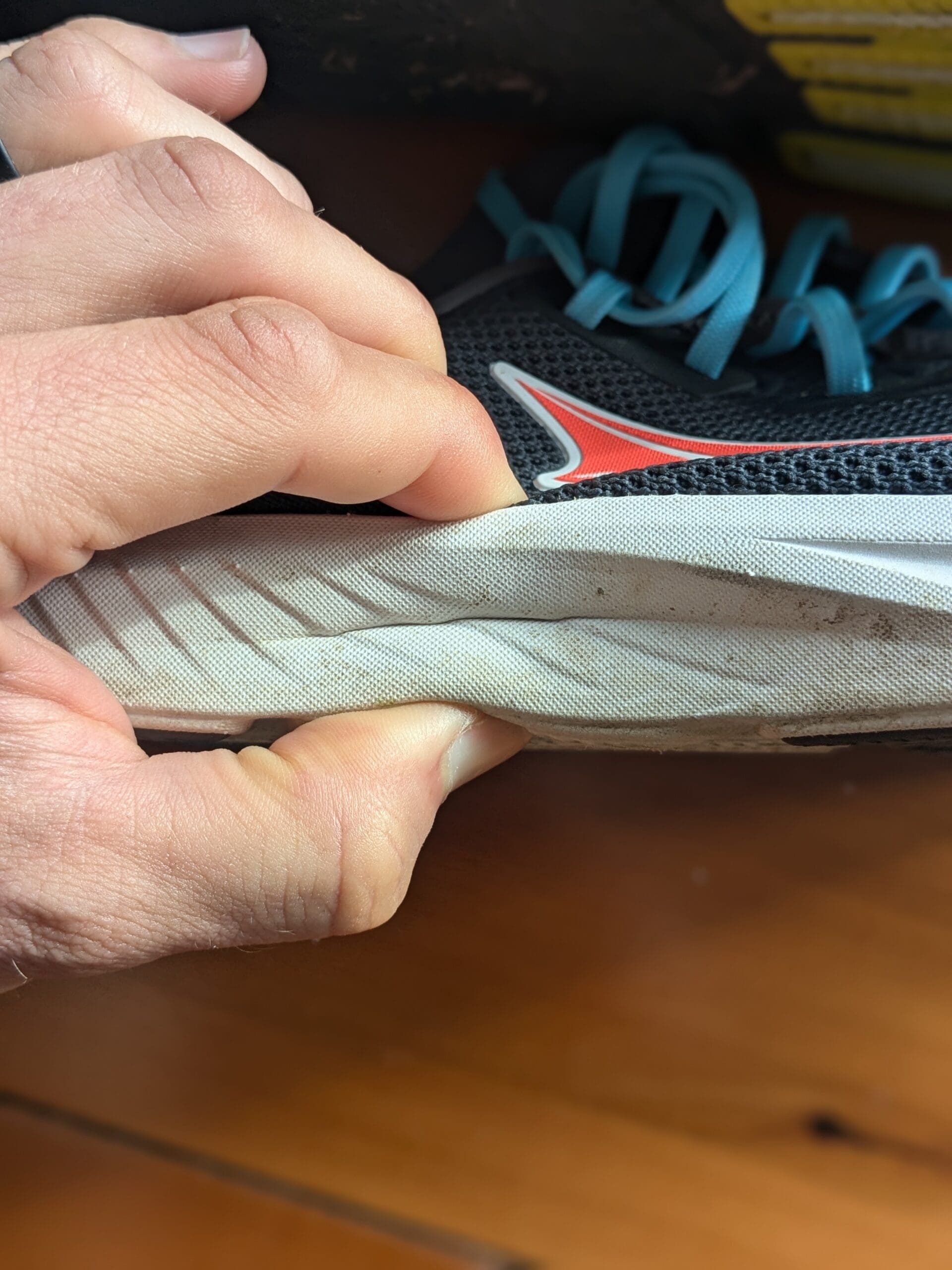
The risk of overuse injuries increases with improper transition.
Zero-drop asks your muscles and tendons to absorb more force, particularly if you haven’t built up mileage slowly. Calf, arch, and Achilles injuries are most common in hasty transitions.
Fit is often brand-specific and can be divisive.
Some runners—especially those with narrow feet—find the anatomical, foot-shaped last too roomy or “sloppy.” Wider toe boxes are the norm, but not a universal preference.
Support and stability can be lacking for certain feet.
Flat-footed and severely pronated runners might find that minimal zero-drop shoes don’t offer enough support. This should be a temporary problem; you should contact a PT or podiatrist to help strengthen your feet and lower legs.
Jumping in too fast is the biggest mistake I see.
If you’re running high weekly mileage in a traditional shoe with a big heel drop, zero-drop shoes will stress your calves, Achilles, and arches in ways you haven’t felt since PE class.
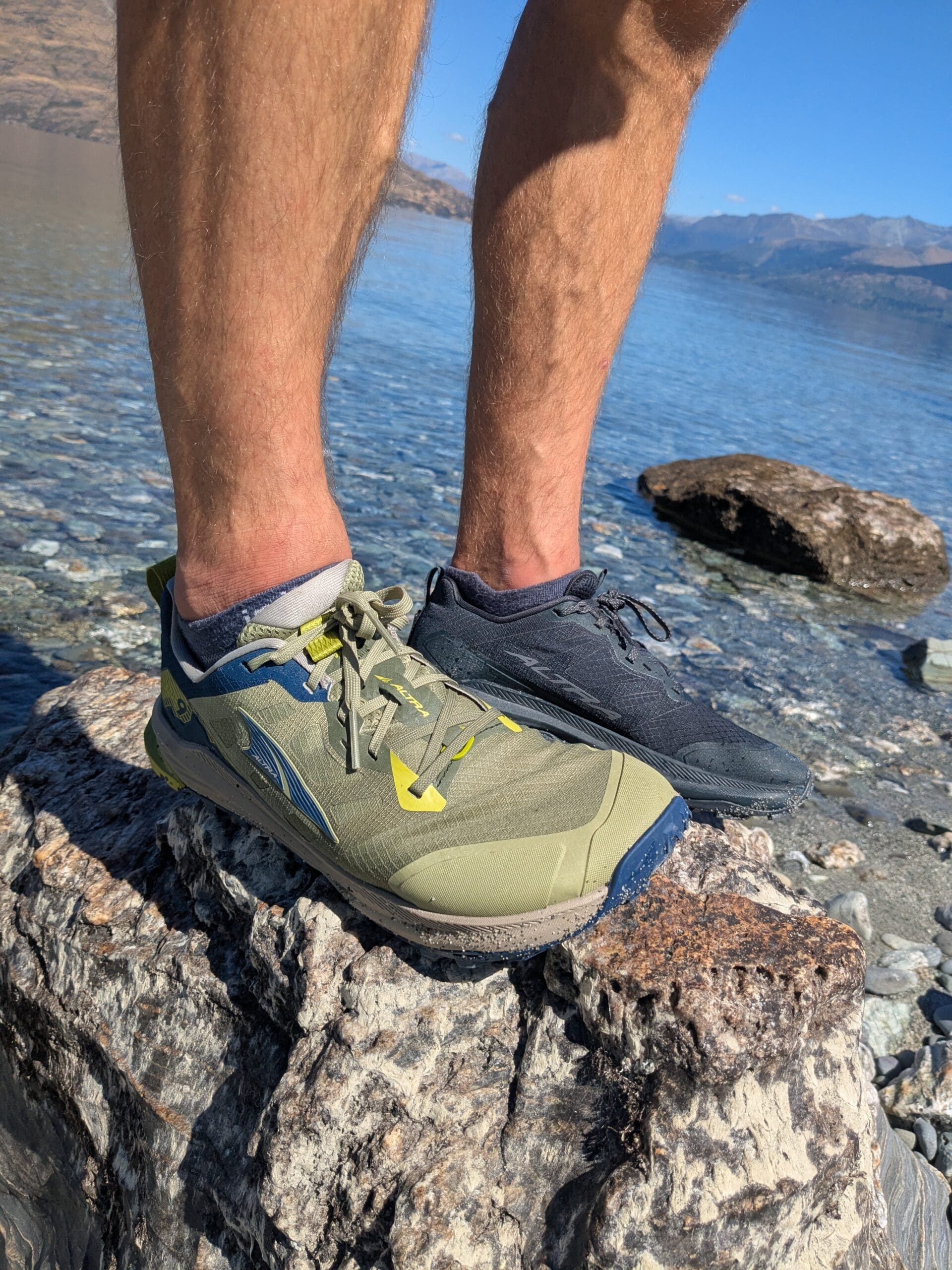
Here’s my transition blueprint:
- Weeks 1–2: Walk in your new zero-drops daily (20–30 minutes): grocery runs, dog walks, errands.
- Weeks 3–4: Run short, easy miles (no more than 10–15% of your total volume) in zero-drop. Finish the rest with your usual trainers.
- Weeks 5–8: Bump your zero-drop mileage by no more than 15–20% each week. Gradually phase out your old shoes as comfort grows.
- Ongoing: Listen for warning signs, such as lingering aches in the Achilles or plantar tendon, tight calves, and twinges in the forefoot. Cut back and rest as needed. Stretch and roll tight calves!
Strengthen those feet!
Use toe splay exercises, towel scrunches, calf raises, and barefoot walking on grass to build resilience. (Check Barefoot Running Exercises for my full guide.)
I’ve tested LOTS of zero-drop shoes, but these five stand out for different reasons this year. Whether you prefer pure minimalism or cushioned comfort, one will fit your needs.
Affiliate Disclosure: By clicking through the links on this page and purchasing the products, you’ll be helping me out. This is done because I receive a kickback from the sellers at no extra cost to you! Thank you so much for supporting us!
Altra Superior 7
Best for: Light-and-fast trail running
Stack height: 21mm
Toe box: Anatomical but not clownish
Pros: Snappy and ground-connected; perfect for fast, technical terrain
Cons: Protection is limited on sharp rocks; sizing runs tight in the midfoot
Personal take:
If you like feeling the earth but don’t want to risk stone bruises, this is it. The fit is secure, the ride is flexible, and the grip is adequate for most trail conditions.
Altra Escalante 4
Best for: Road running, transitioners
Stack height: 24mm
Toe box: Spacious, flexible
Pros: Plush yet lively ride; easy transition shoe; fits a variety of feet
Cons: A tad heavy for racing; may feel soft to rigid-sole fans
Personal take:
Still the gold standard for runners new to zero-drop. The Escalante 4 feels soft enough for higher mileage and recovery runs, but the zero-drop keeps your form honest.
Vivobarefoot Primus Lite
Best for: Pure barefoot feel, everyday minimalism
Stack height: Extremely low
Toe box: Wide on the big toe side, not so much on the little toe side
Pros: Lightweight; flexible; unmatched ground feedback
Cons: Zero cushion; only for seasoned minimalists; laces are thin
Personal take:
A classic for good reason. This is your shoe if you want your feet to move and work naturally (or as close to barefoot as possible). Perfect for gym, short runs, or as a travel shoe.
Xero Shoes Scrambler Low EV
Best for: Rugged trails, hiking/running hybrids
Stack height: Minimal, with rugged outsole
Toe box: Secure, medium width
Pros: Outsole eats up rough terrain; surprisingly agile
Cons: Not for deep mud or snow; upper can be sloppy.
Personal take:
A rare all-terrain minimalist shoe that actually lives up to its claims. The Scrambler is protective without disturbing ground feel and excels on rocky, technical paths.
Freet Vibe 2
Best for: Entry-level minimalism, walking, gym
Stack height: Barely-there
Toe box: VERY generous
Pros: Flexible, affordable, super breathable
Cons: Too wide and deep for many newcomers
Personal take:
A minimal yet cushioned zero-drop wallet-friendly beat! Perfect for easing in with daily wear or short jogs.
Use BRR10 for 10% off all products!
Are zero-drop shoes good for beginner runners?
Yes—as long as you transition slowly and find a good fit! But that’s not all; ensure you look for foot-shaped options like the ones you see above.
Do zero-drop shoes cause injury?
Not by themselves. Rushing the transition or neglecting foot/calf strength is usually the culprit. But that is the same for any shoe option or new exercise regime.
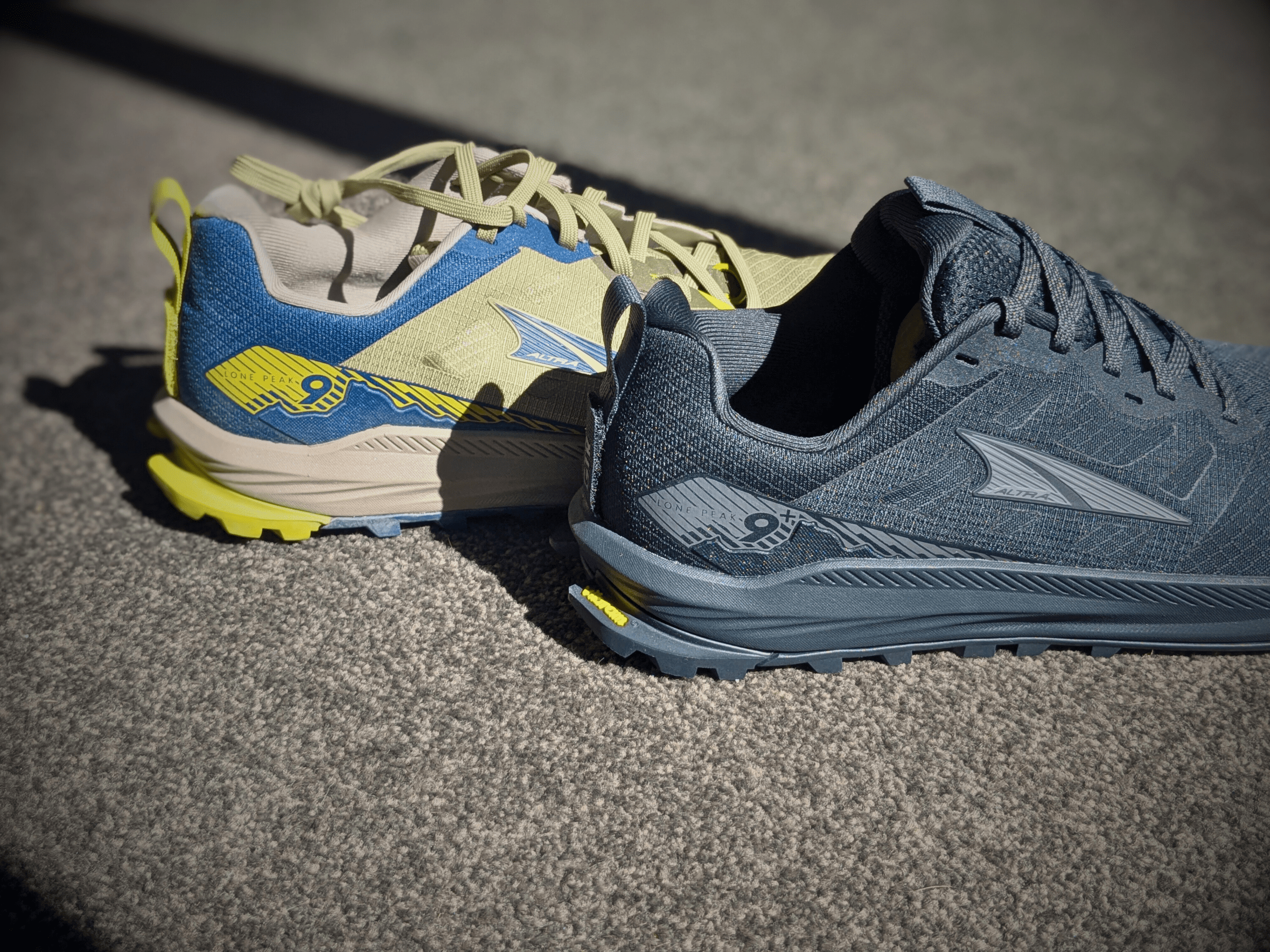
What’s the difference between zero-drop and barefoot shoes?
All barefoot shoes are zero-drop, but not all zero-drop shoes are barefoot/minimal. Some zero-drop shoes are well-cushioned, others are thin and ultra-flexible.
Is there a zero-drop with lots of cushioning?
Absolutely—Altra’s lineup (especially Torin and Olympus) specializes in this. But you may consider dropping the stack height over time for foot health.
Can I walk in zero-drop shoes, or only run?
Walking is a perfect way to start your transition and let your feet adapt. Shoes are tools to hit your goals, no matter if you’re walking or running.
Zero-drop running shoes aren’t a magic bullet, but they’re a viable path to better foot health, running form, and natural movement—if approached with patience. My advice:
- If you’re curious, start slow.
- Blend your old and new shoes.
- Use gym work, stretches, and easy walking to prep your feet.
- Pick the shoe that fits your purpose: Escalante for road, Superior for trail, Vivobarefoot, and Xero Shoes for pure feel.
If you’d like to take this a step further, I’m always here to help!
I have a Barefoot Journey Guide that includes a complete training plan and explains why and when you’re progressing.
Just let me know if there’s anything else you’re interested in discussing in the comments!
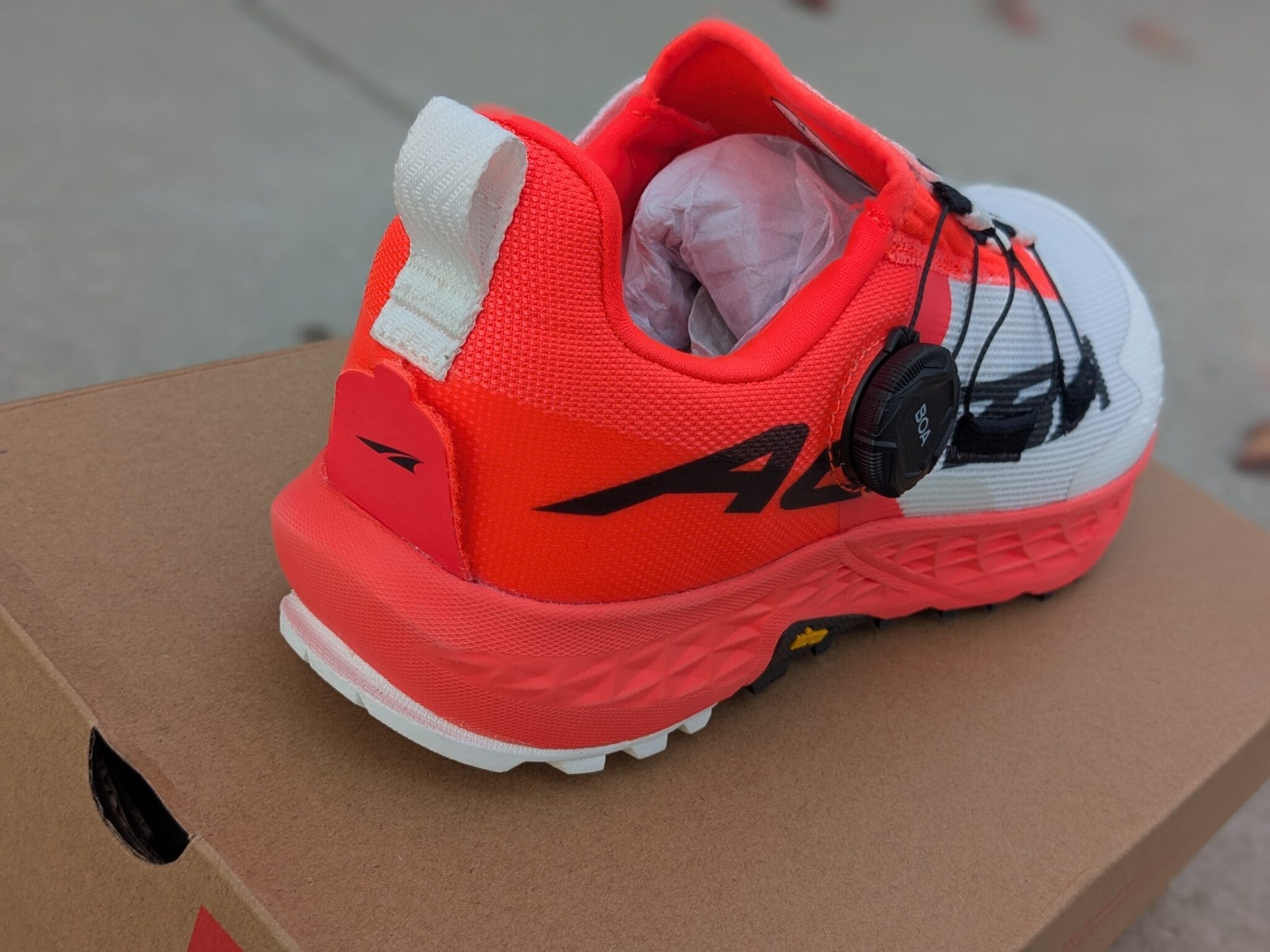
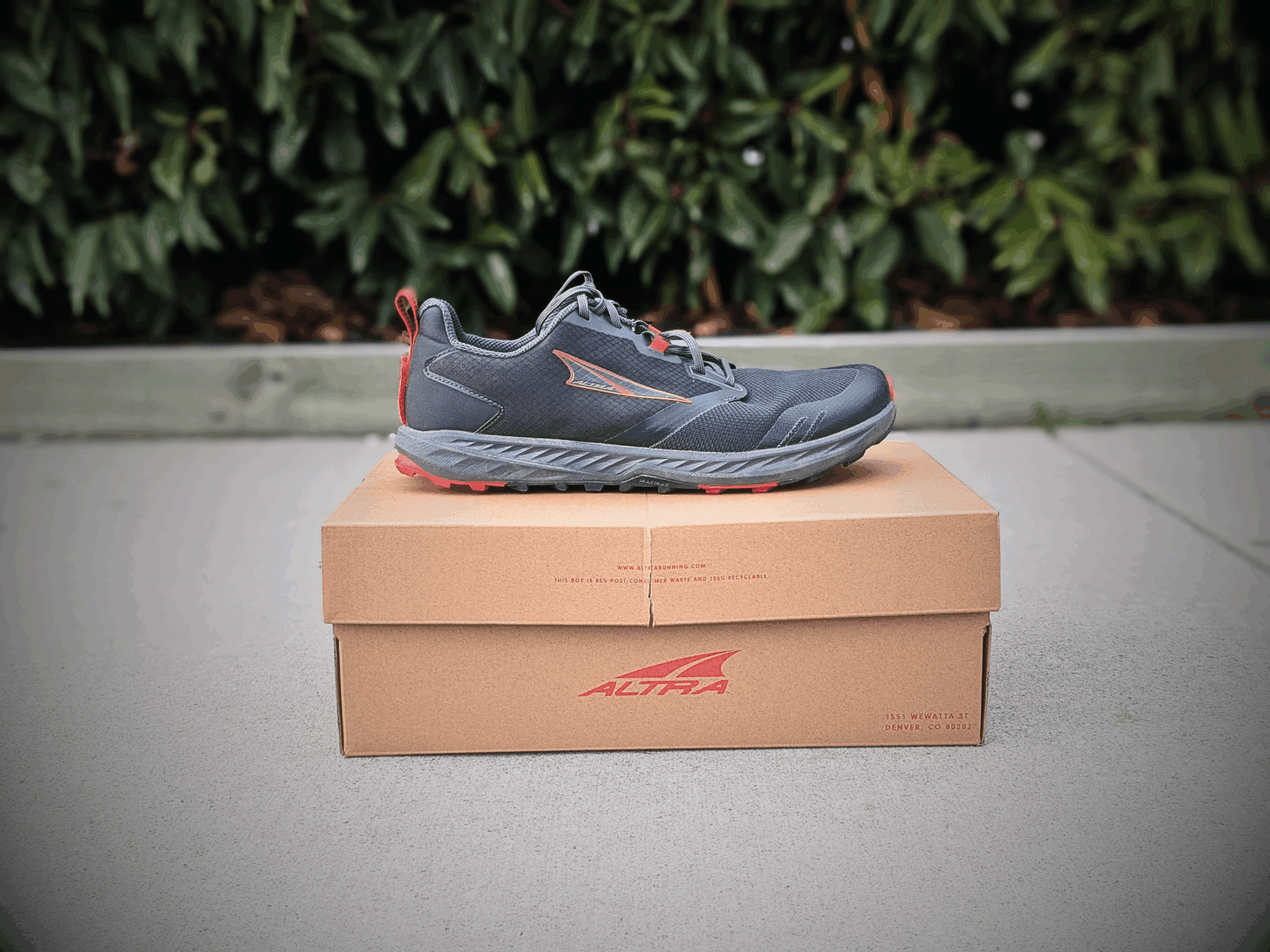

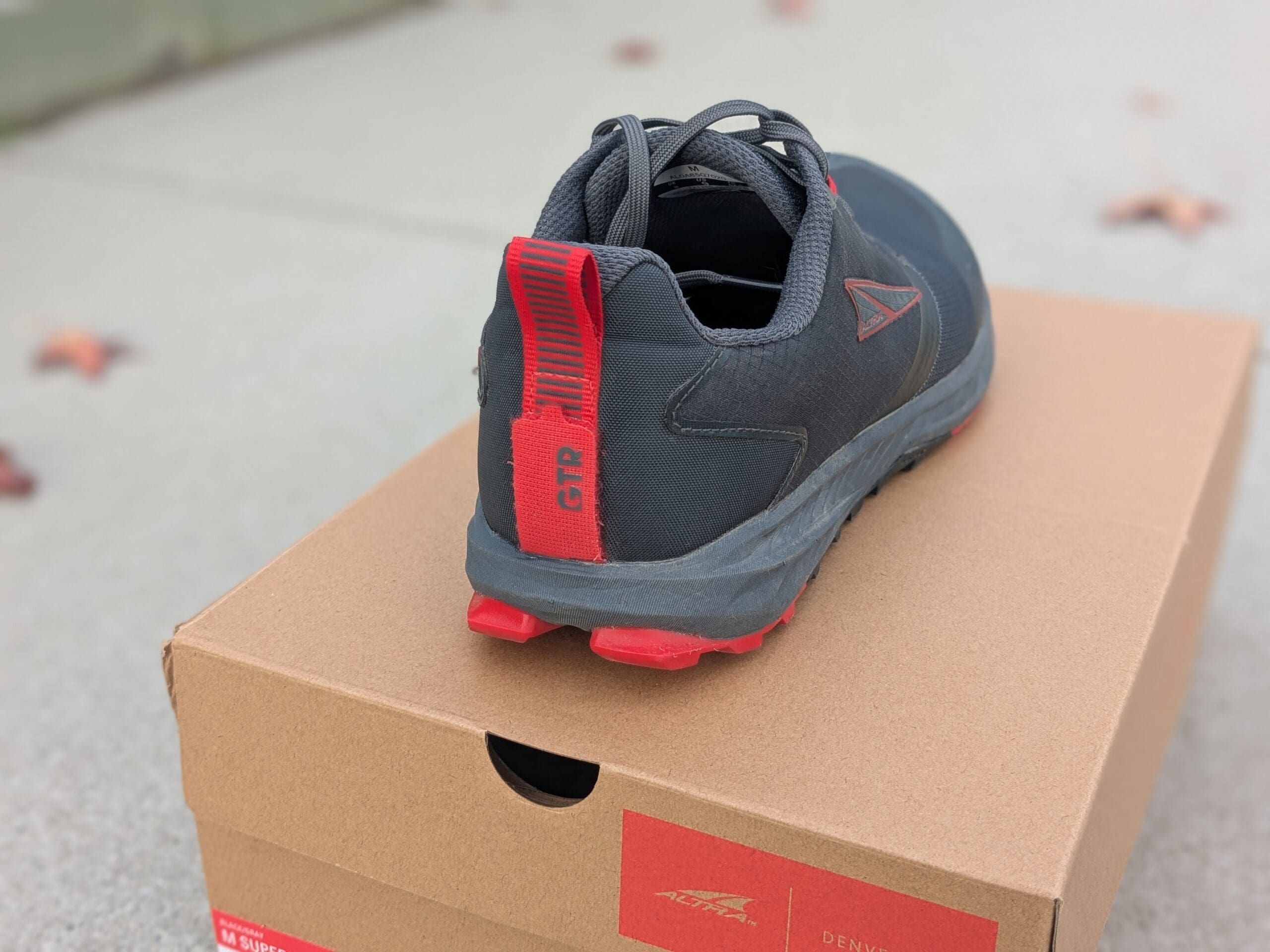
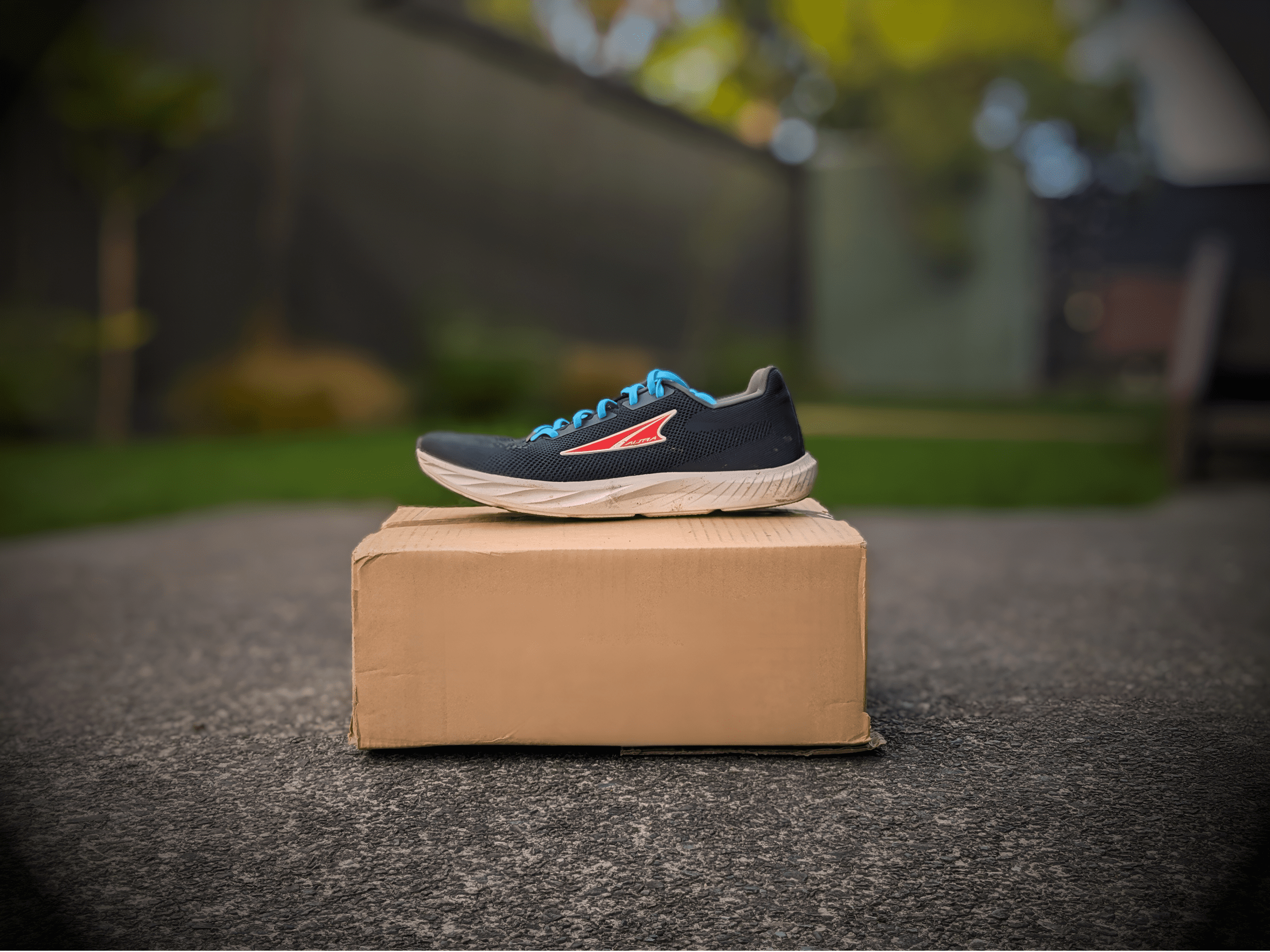
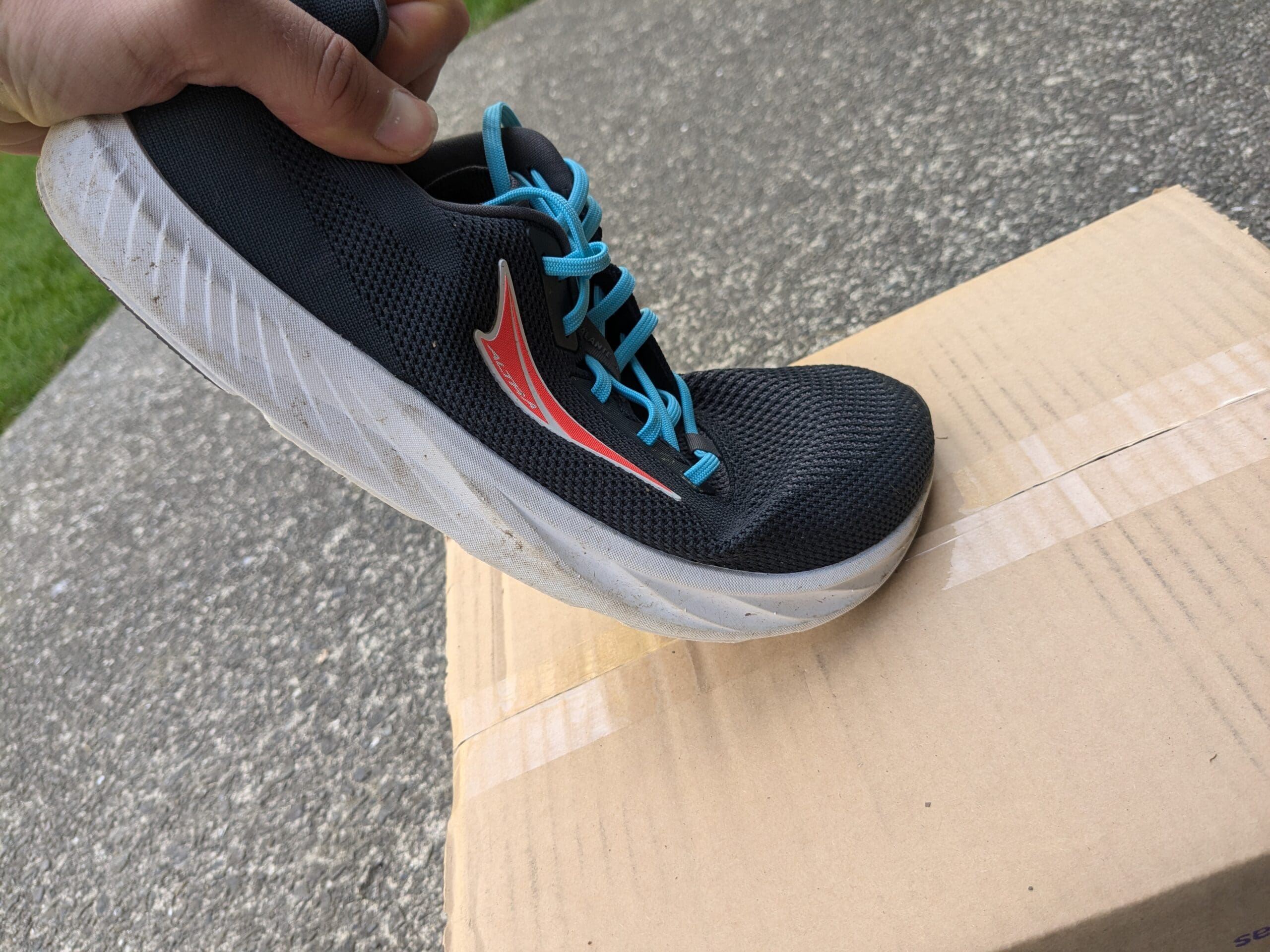
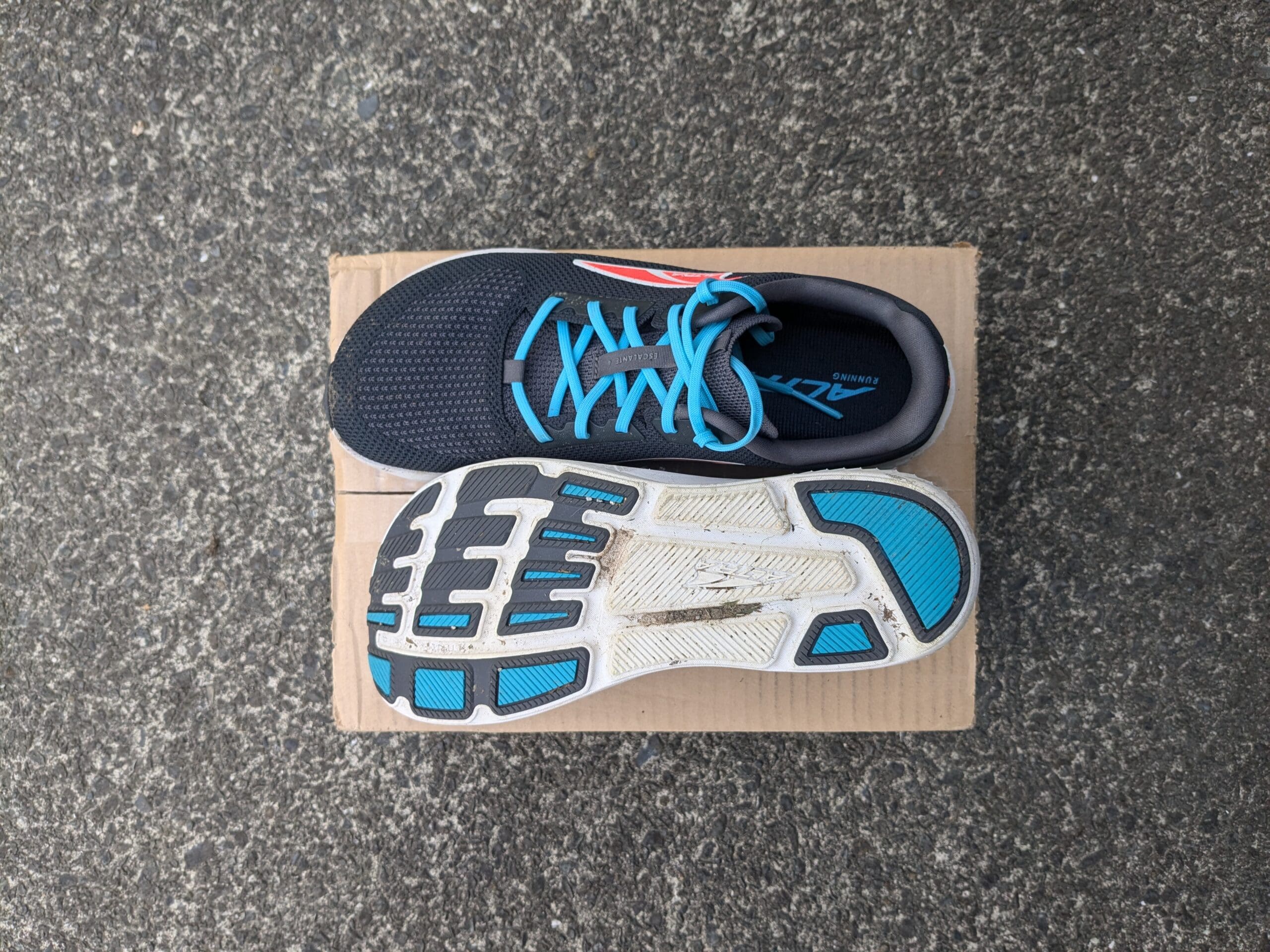
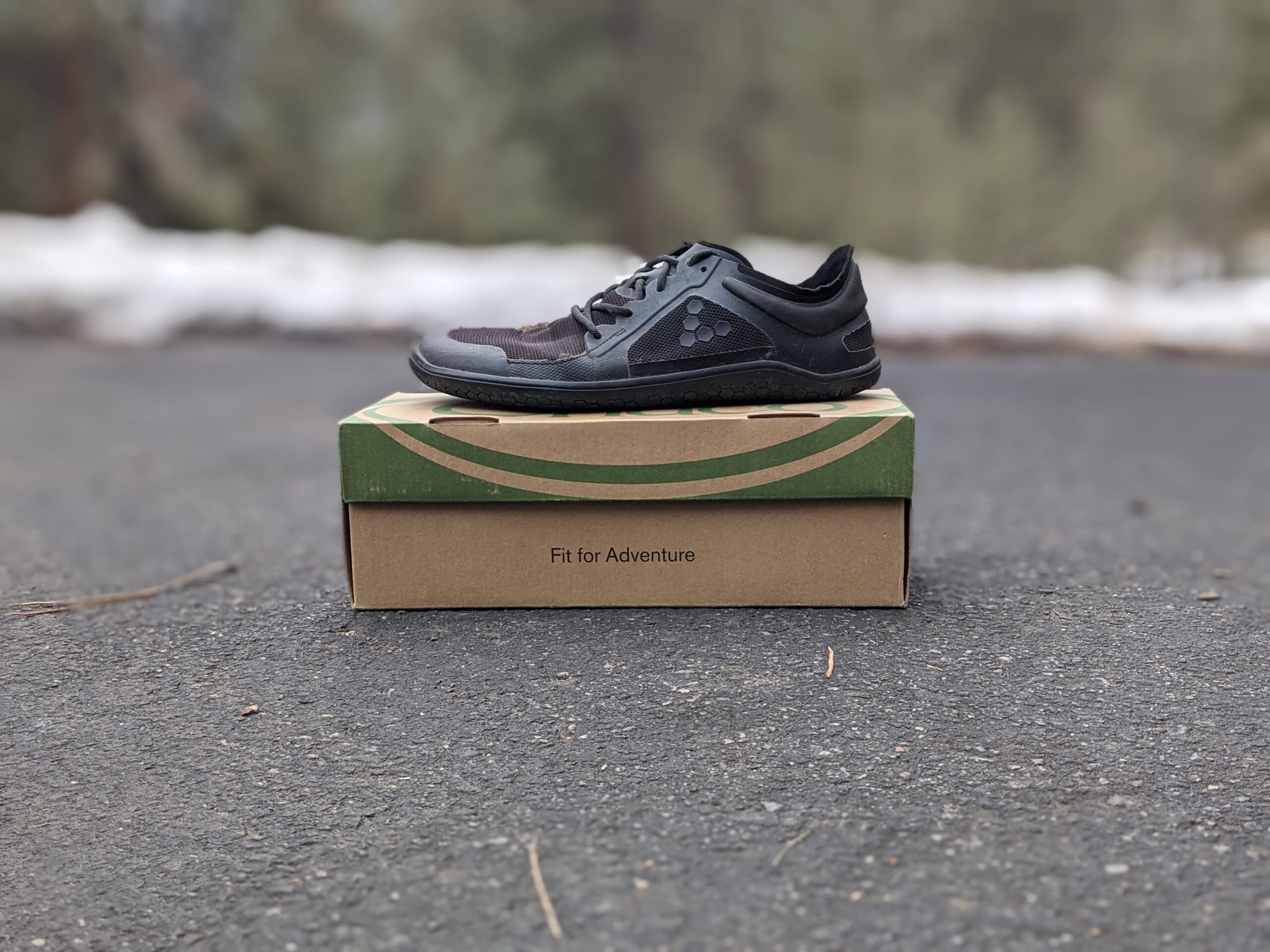
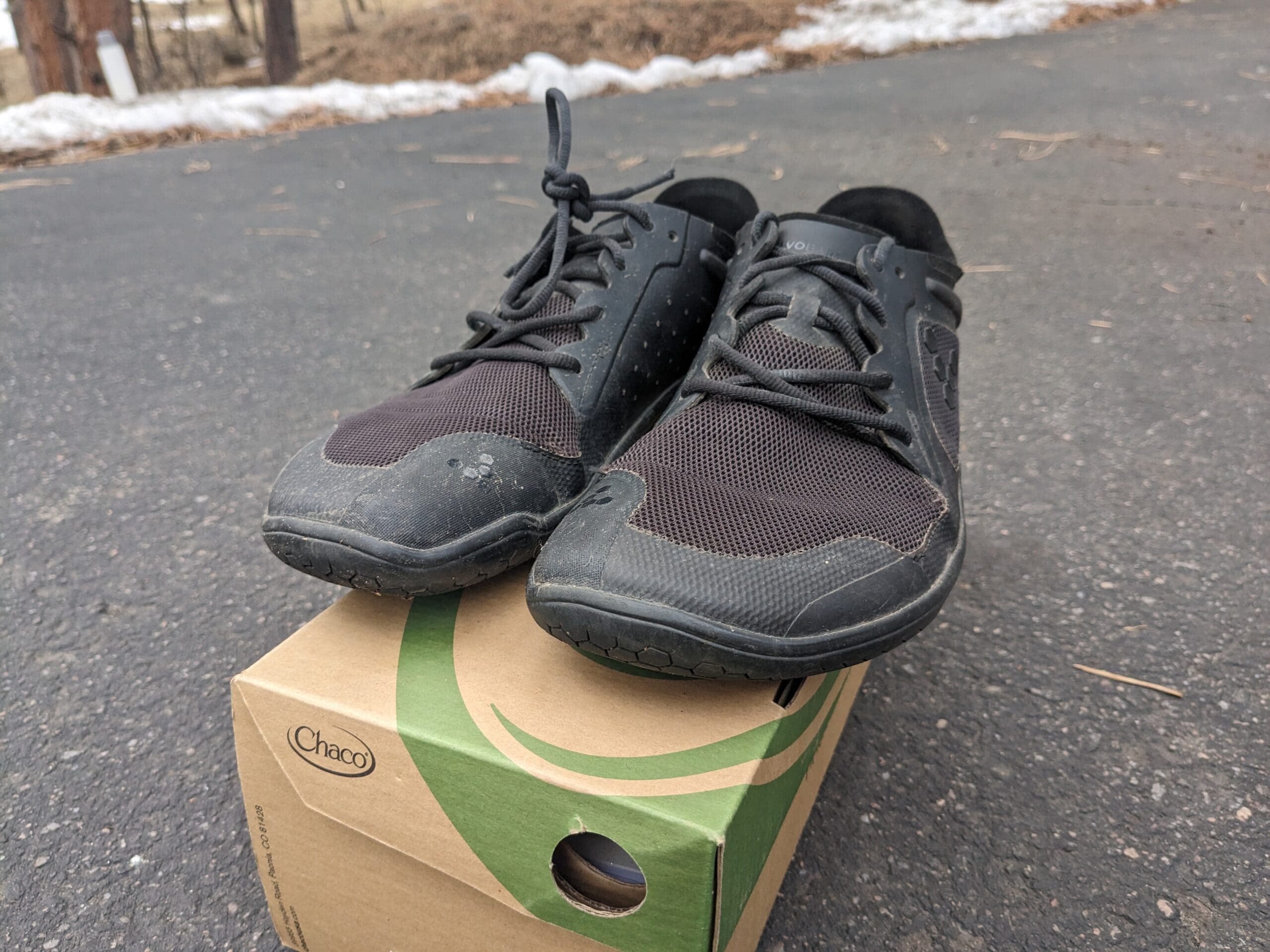

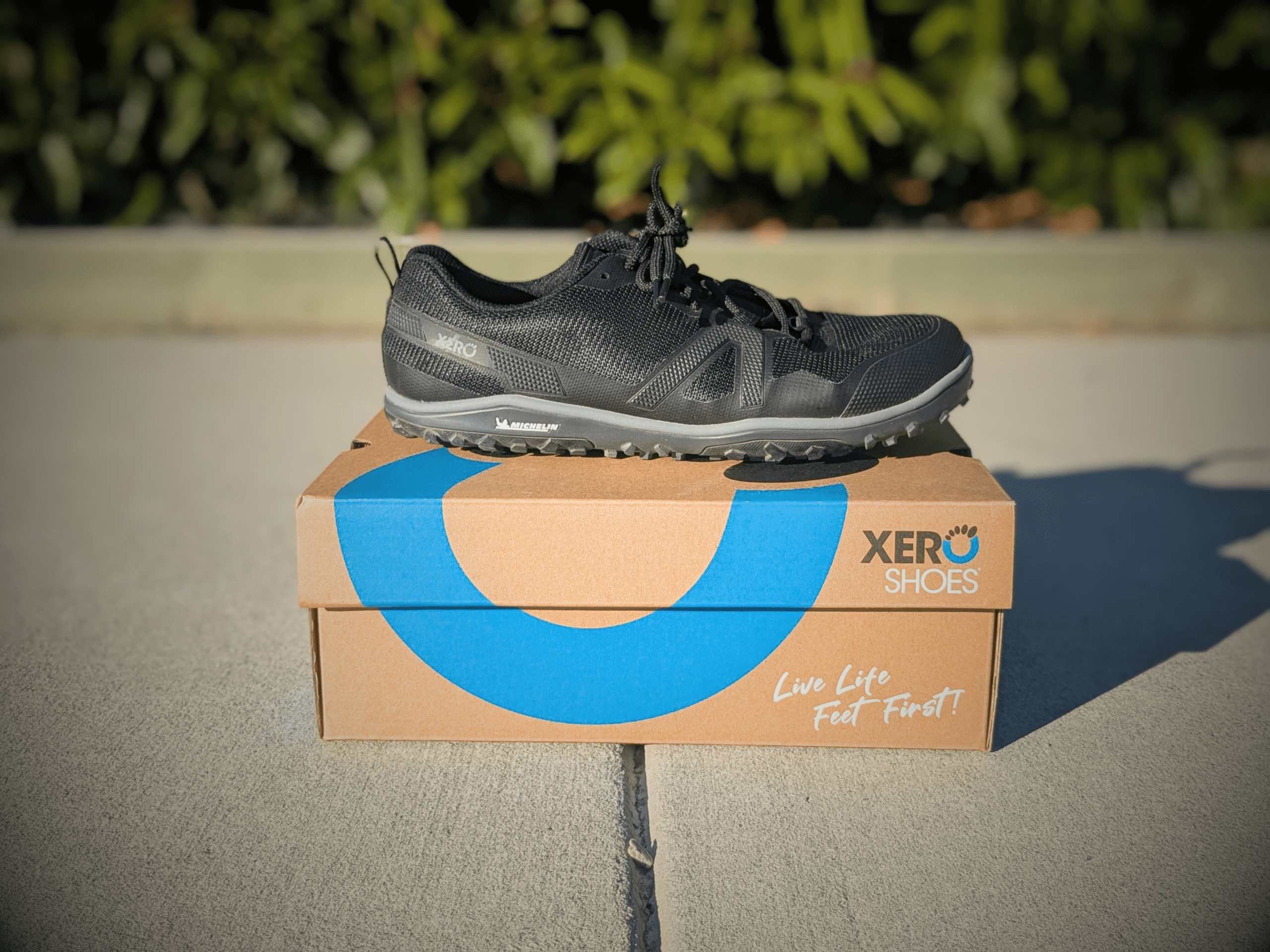
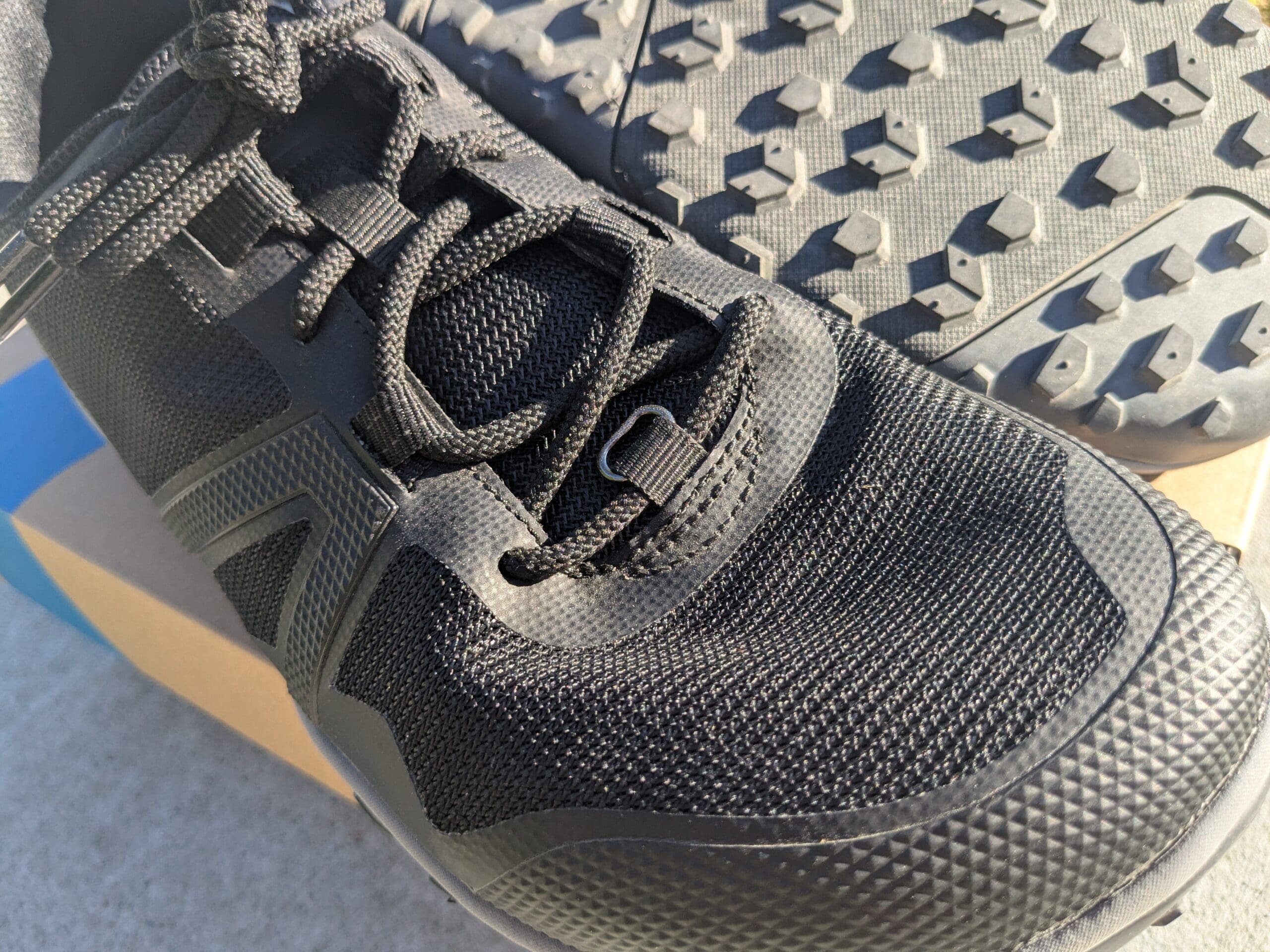
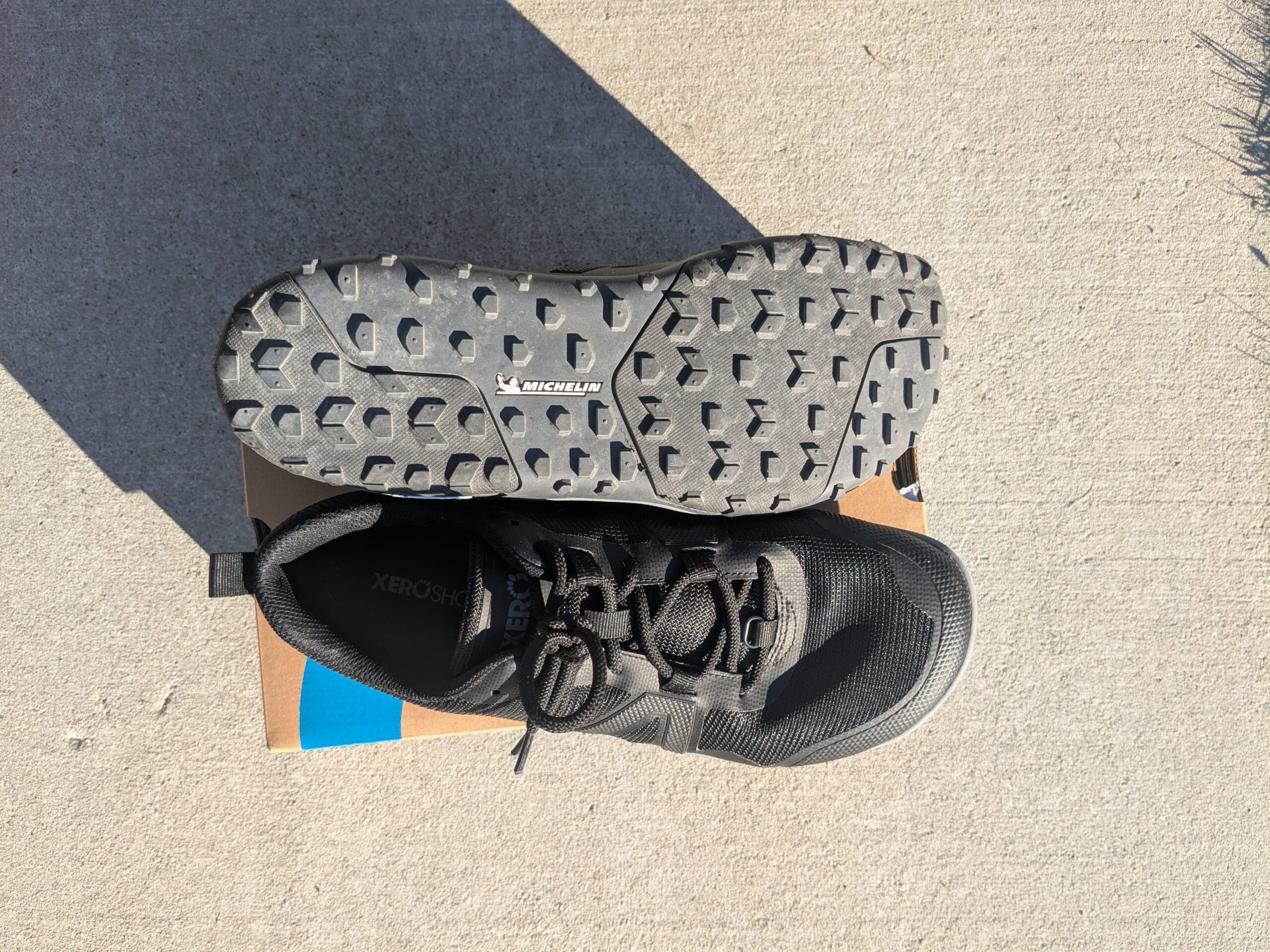
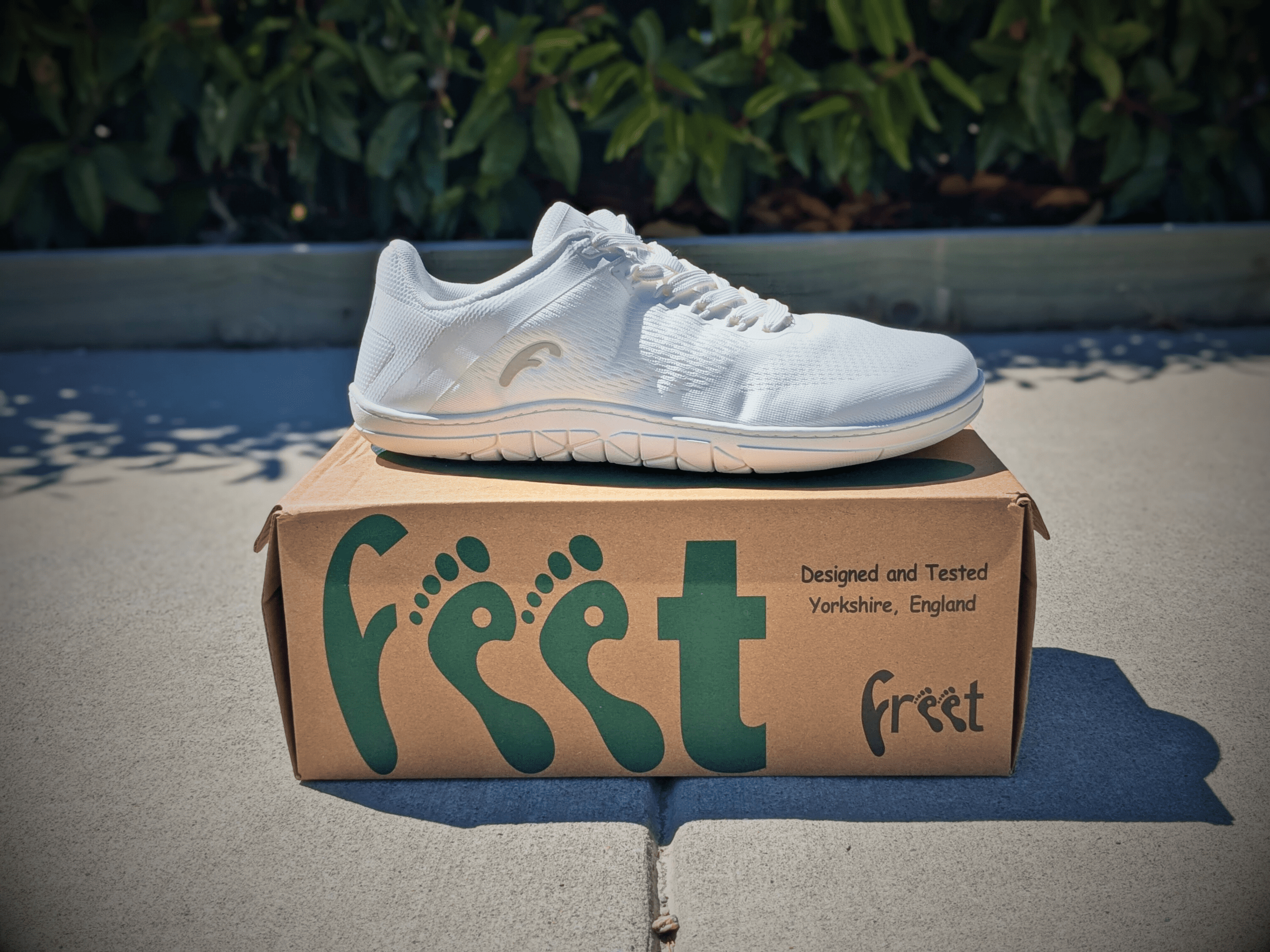
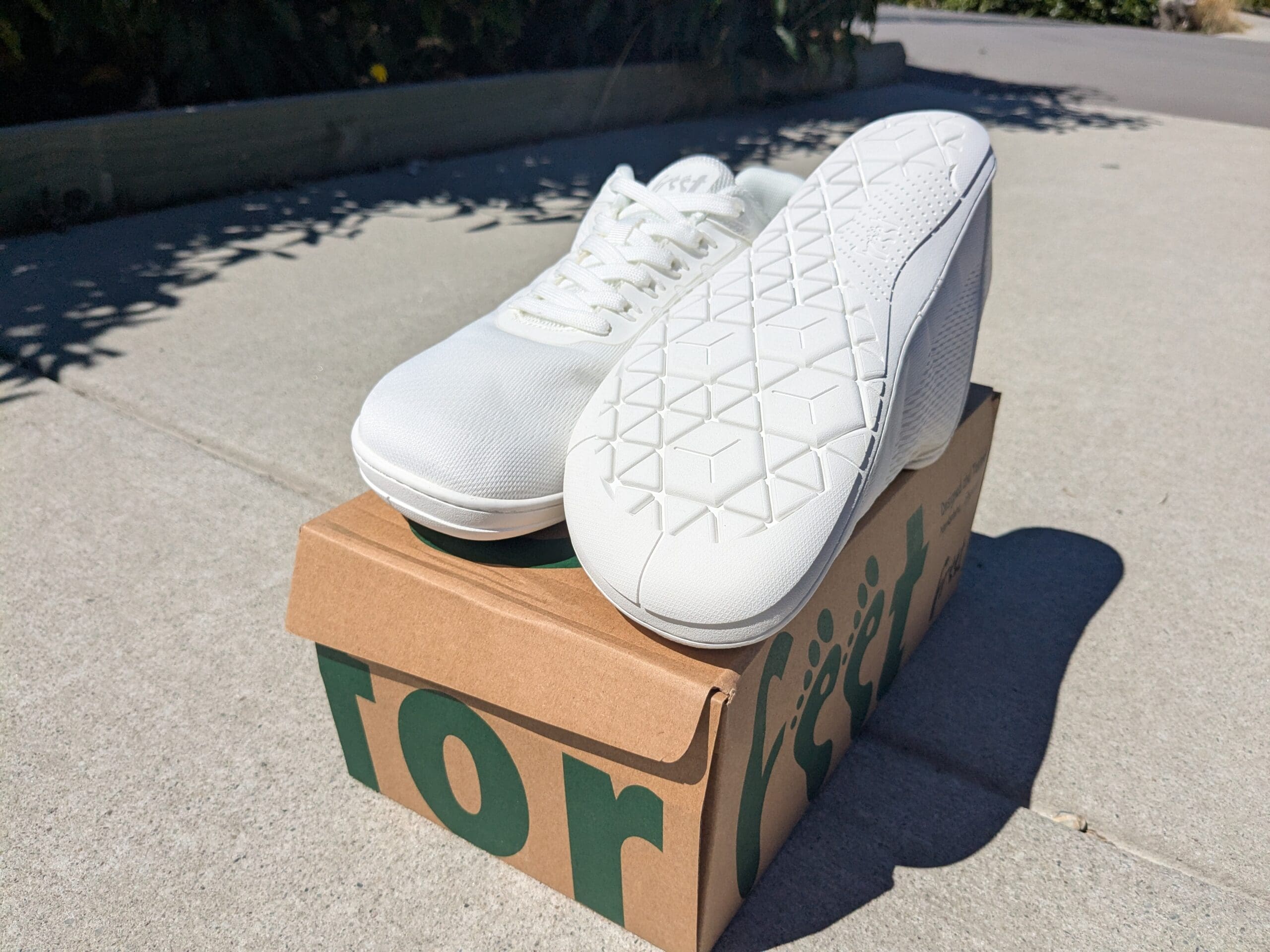

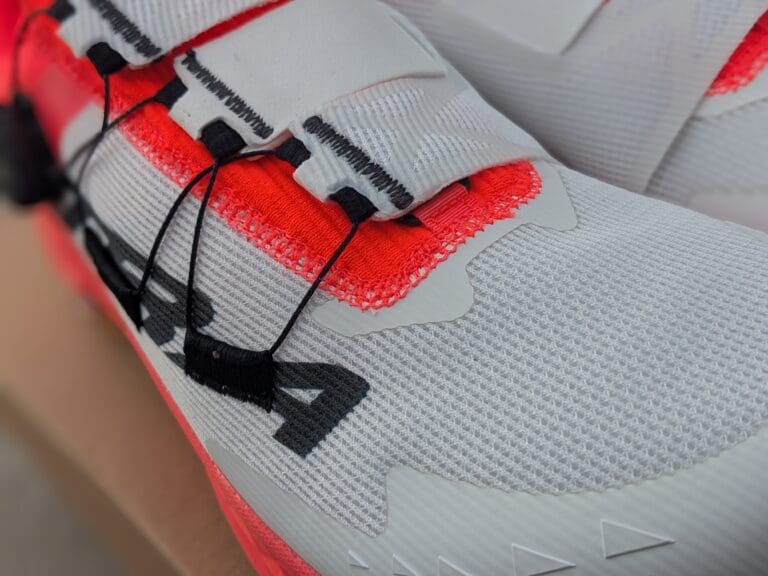
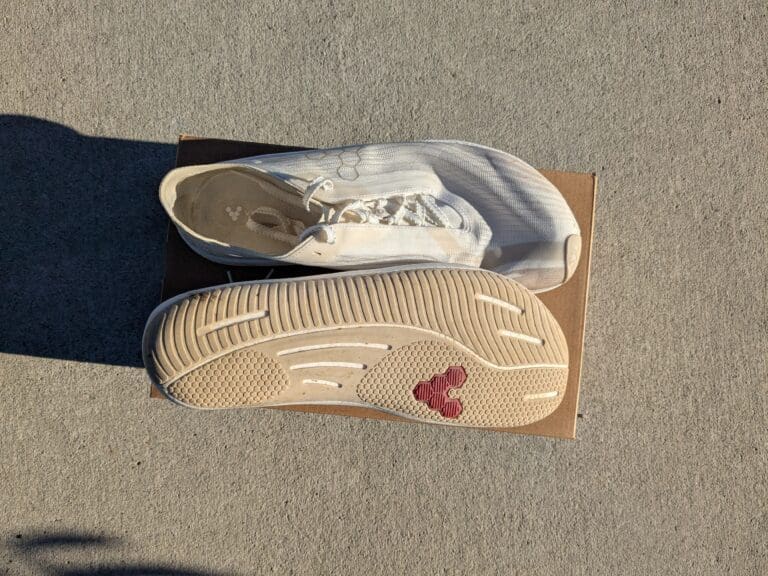
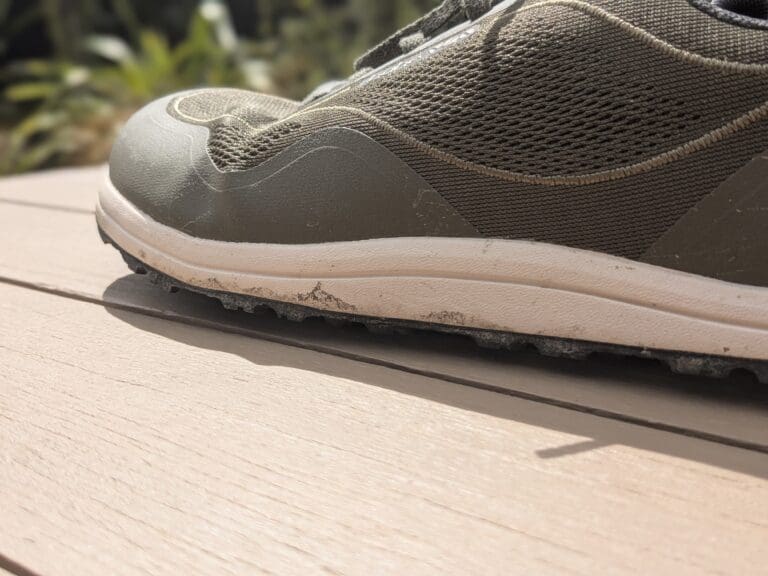
Hi Nick! Love your reviews and was hoping you might also have some guidance for a relative newbie 🙂
I’ve been wearing barefoot style shoes for a while (Vivobarefoots have been my daily go-to for years), but I’m still searching for a solid minimalist running shoe. I used to do short runs in my workout Vivos, but since retiring those, I haven’t found a good replacement. Also, lately I’ve been running a lot more, around three times a week, including one longer run of 8–12 km.
I tried the Xero HFS II and had to return my first pair: despite their site saying they run true to size, they were way too tight. I went a full size up, and while they mostly feel okay, I’ve been finishing 10K races with burning feet. They just seem too narrow. They also feel a bit stiff, especially compared to my Vivos, which I love for their fit. That said, I would appreciate just a touch of cushioning for road races.
I’ve been looking into the Altra Escalante 4. They seem to hit the sweet spot: lightweight, zero-drop, and slightly cushioned.
So, my question: for regular 10K runs and races, do you think the Escalantes would be a good choice? Or is there a more flexible Xero model I should try (or maybe I should go up another size)? Are there any Vivobarefoots with a slightly higher stack that might be a better fit?
Thanks so much!
Hey!
Thanks for the kind words. Let’s see if we can solve this.
I went 1/2 size up for Xero HFS II, but I’d even say a full size up is likely right. It’s still a narrow shoe though.
I’d guess the Escalante 4 may be a little high stack height and soft, but what about the Escalante Racer 2 instead? It’s cushioned but slightly firmer, but that does mean a little stiff too, but that’s what you get with cushion.
For lower stack height I’d suggest the Xero Shoes HFS (first version, not II). A lot more flexible. Very forgiving upper. A much better shoe than the HFS II. But just beware it’s low stack.
What do you think?
Hey Nick, first of all, I want to express my sincere gratitude to you for putting together such fantastic content. I’ve read just a few articles already and insights are super helpful. Thank you!
I have a question though. I am not a runner, I mean I am not running yet, mainly road walking (no trail) and plan to apply feet exercise before I start running. I am spending lot of time sitting at the desk, so my physical shape is quite poor.
However, when I first heard about barefoot shoes and natural walking – I’ve got really excited and decided to try one for me. I’ve got Vivos and those are quite a challenge for my feet, even for simple walking, but I am starting slow – few km walks several times per week.
Meanwhile, I want to buy myself something more protective (read – cushioned) for when I want to have a longer walks and still wearing something with wide toe box and potentially zero-drop to get the benefits of natural walking.
I would really appreciate your advice in that regards. I am considering Altra shoes.
Is it fine for me to start with zero-drop shoes?
If yes, then which Altras do I pick?
I thought of Torin, yes they have cushioning, but sacrifice with flexibility, comparing to Escalante. On the other hand, Escalante might be too narrow for me… Or maybe I shouldn’t go that hard and pick something like Experience Flow (they even have a 4mm drop), but still, I guess I would rather pick something with zero-drop ever since I am not planning to run in the upcoming months, before my feet gets stronger.
What are your thoughts on the idea of walking in the zero-drop shoes first and then potentially start running? And again – which is better for the purpose?
Thank you in advance!
Thanks so much for the kind words! Let’s try to dig into this.
So there’s two ways to tackle this. And it involves thinking about shoes as tools.
1. Proceed with barefoot shoes throughout and just work up very slowly at a pace in which your body (feet and lower legs) can handle. I’m sure you already know, but this is much slower than you expect. I have a barefoot training plan for this kind of approach. https://subscribepage.io/yourbarefootjourney
2. You want to start going longer/or running in short term. This could be a goal of your, just for enjoyment. Shoes as tools could be an option to hit this goal earlier than the pure barefoot approach.
Number 2 is the path you seem to be hinting at, so let’s look at shoe choices.
> Is it fine for me to start with zero-drop shoes?
It depends. What shoes where you in prior to now. And what activities would you do in these?
Ideally, I’d say stick with something more flexible and lower cushion (Escalantes are my choice here), but that dictates that you will still be taking a slower approach. A shoe like the Torin, or the Experience Flow could get you there quicker (don’t worry about the 4mm drop too much).
Much of this will come down to fit though.
What Vivos do you have and in what size? How would you say they fit?
Feel free to email hello@barefootrunreview.com if you don’t want to continue this conversation here too! 🙂
Another great article! I have greatly benefited from your knowledge, experience, reviews & advice. I enjoy a variety of shoes (tools) now & see the benefit over time. Thank you Nick.
Thanks so much Ken!
I’m glad the concept is vibing with you.